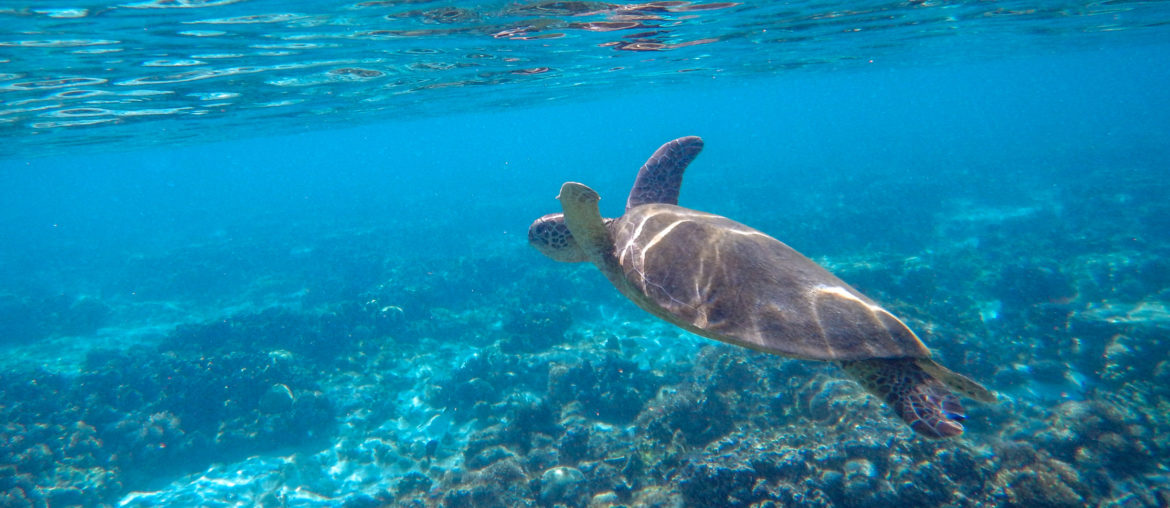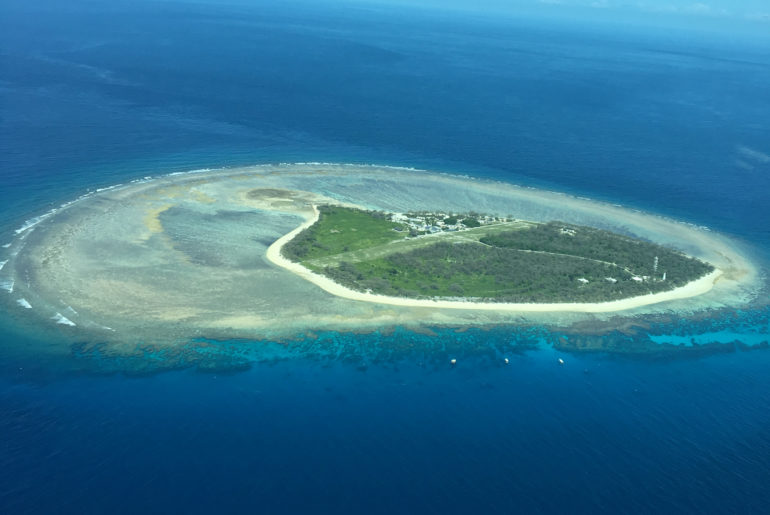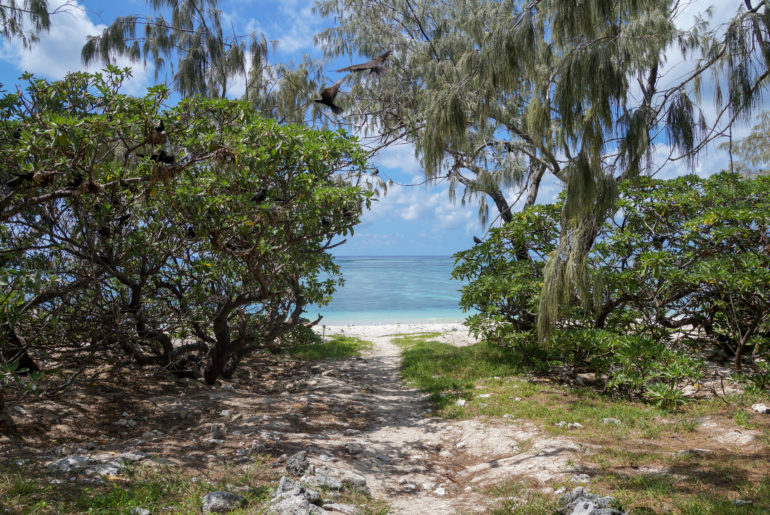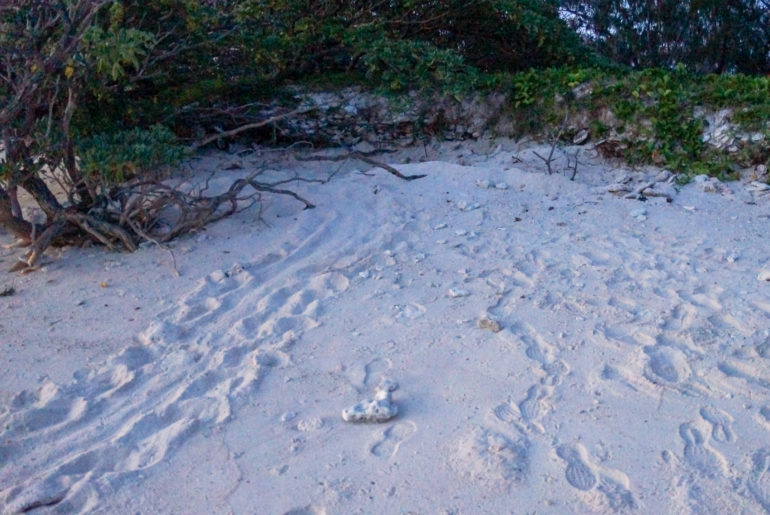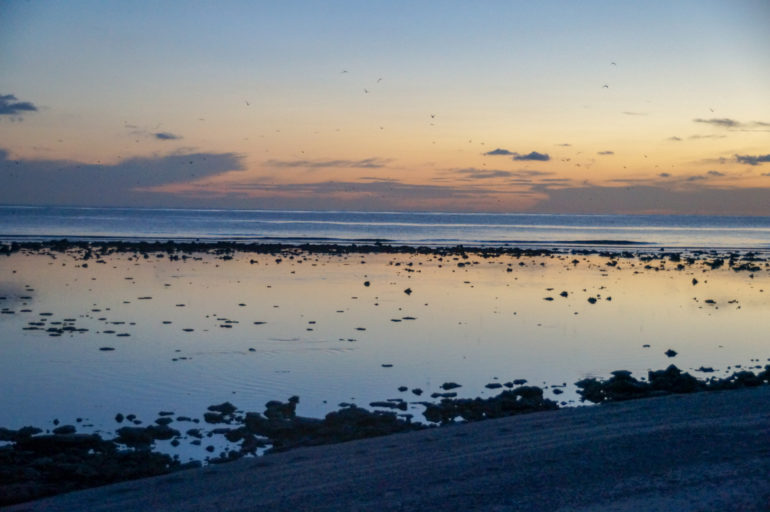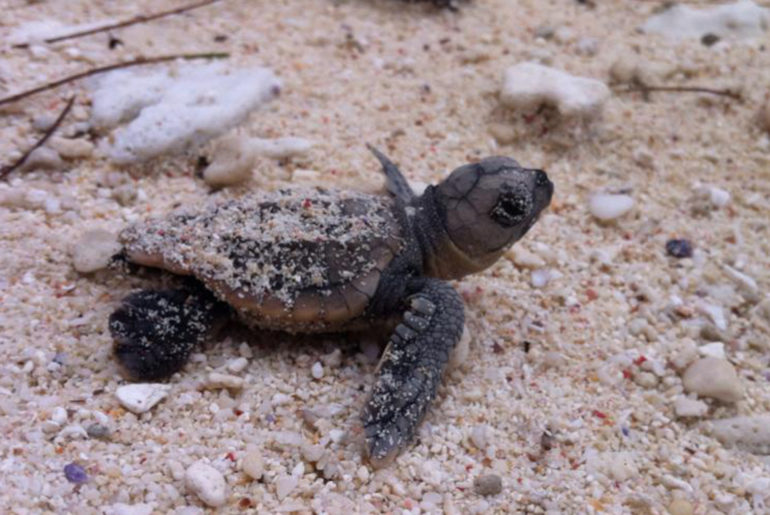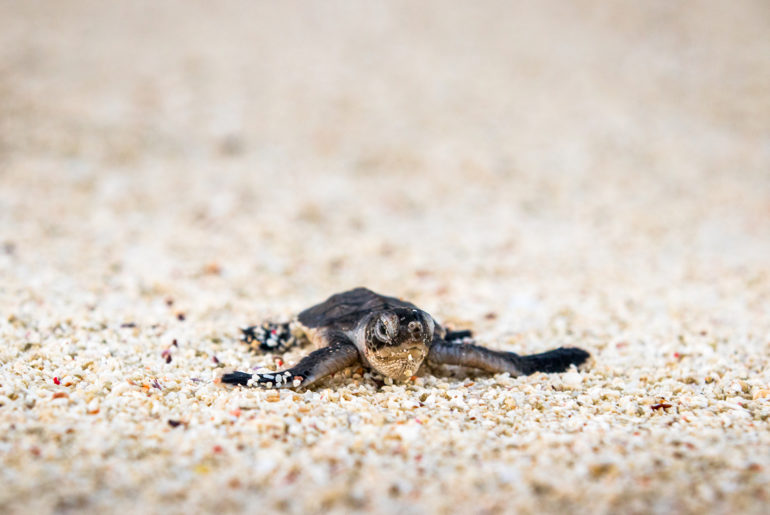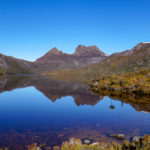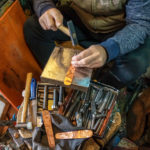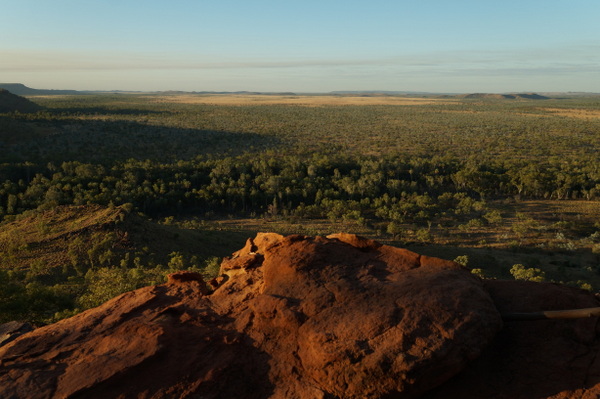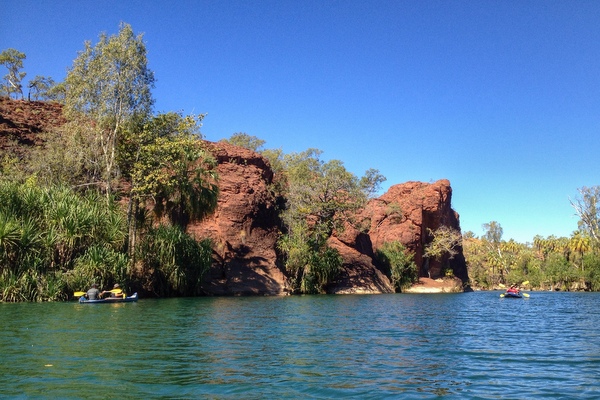When a sea turtle is laying her eggs she will go into a trance-like state, somewhat oblivious to what’s going on around her. It’s at this point, the ranger told us, it is safe to approach and hopefully confirm the nesting by witnessing the eggs in the pit the turtle has dug in the sand.
But as we sat on the beach, with only the full moon for light, we were hesitant. What if she wasn’t in the trance yet and we disturbed her?
A turtle will lay about 100 eggs per nest. But only one in 1000 baby turtles will reach adulthood. With the odds stacked so highly against the survival of her future hatchlings, we figured the last thing this nesting turtle needed was to be potentially discouraged by some curious humans.
So we sat in the dark and listened.
Lady Elliot Island is a coral cay at the southern tip of the Great Barrier Reef, about 85 kilometres north-east of Bundaberg on Queensland’s south-east coast. The island covers about 42 hectares; just enough space for an eco-resort, lighthouse and a small airstrip.
The turquoise waters surrounding Lady Elliot are protected, allowing marine and bird life to thrive. It’s home to a pristine ecosystem that attracts manta rays, whales, turtles and thousands of birds.
We planned our trip to coincide with two spectacles: the turtle nesting and hatching seasons.
Green and loggerhead turtles nest on Lady Elliot Island between November and March. In a good season more than 100 nests are recorded on the island. In 2017-18 120 nests were confirmed, but in 2018-19 there were just 43.
The hatchlings emerge between February and April, meaning there is a small window when visitors to the island have the chance of perhaps witnessing both.
The clear, calm waters surrounding Lady Elliot make for excellent snorkeling and diving. While maybe one day I might be game enough to try the latter, on this trip I was content to enjoy the wonders of the Great Barrier Reef floating on the waves, not delving below.
There are designated snorkel trails, depending on your level: beginner, intermediate or advanced.

The lagoon, on the eastern side of the island, is a protected area that can only be explored at high tide. It’s perfect for beginners but is so calm and beautiful that it’s worth exploring even if you’re also tackling the other trails.
The lagoon was only a few metres from our room, so we walked down, sat on the crisp, white sand to pull on our flippers and mask, then were quickly face down in a world of bright coral, tropical fish, starfish and turtles.
The lagoon is shallow enough for you to stand up on the sand (don’t mind the sea cucumbers), if you need a break.
But most of our time in the water was spent on the western side of Lady Elliot.
Here, the water is a lot deeper and the waves and current can be stronger. But this is also where you can swim with manta rays, which unfortunately we didn’t see, and reef sharks, which unfortunately we did. As harmless as reef sharks may be, any kind of fin is going to freak me out in the water.
The snorkel trails here are marked with buoys and run between Coral Gardens and the lighthouse. Which end you start and finish at depends on the tide so check the signs at the dive shop before you head out.
I wore a wetsuit for sun protection (the deeper water can also be a bit cooler) and took a swimming noodle so I could float along and focus less on swimming and more on taking it all in.
Of all the sights we saw under water, it was always the turtles that gave me the biggest thrill.
After a day in the water, in the evenings we’d rest on the beach and use the last bit of light to walk around the island.
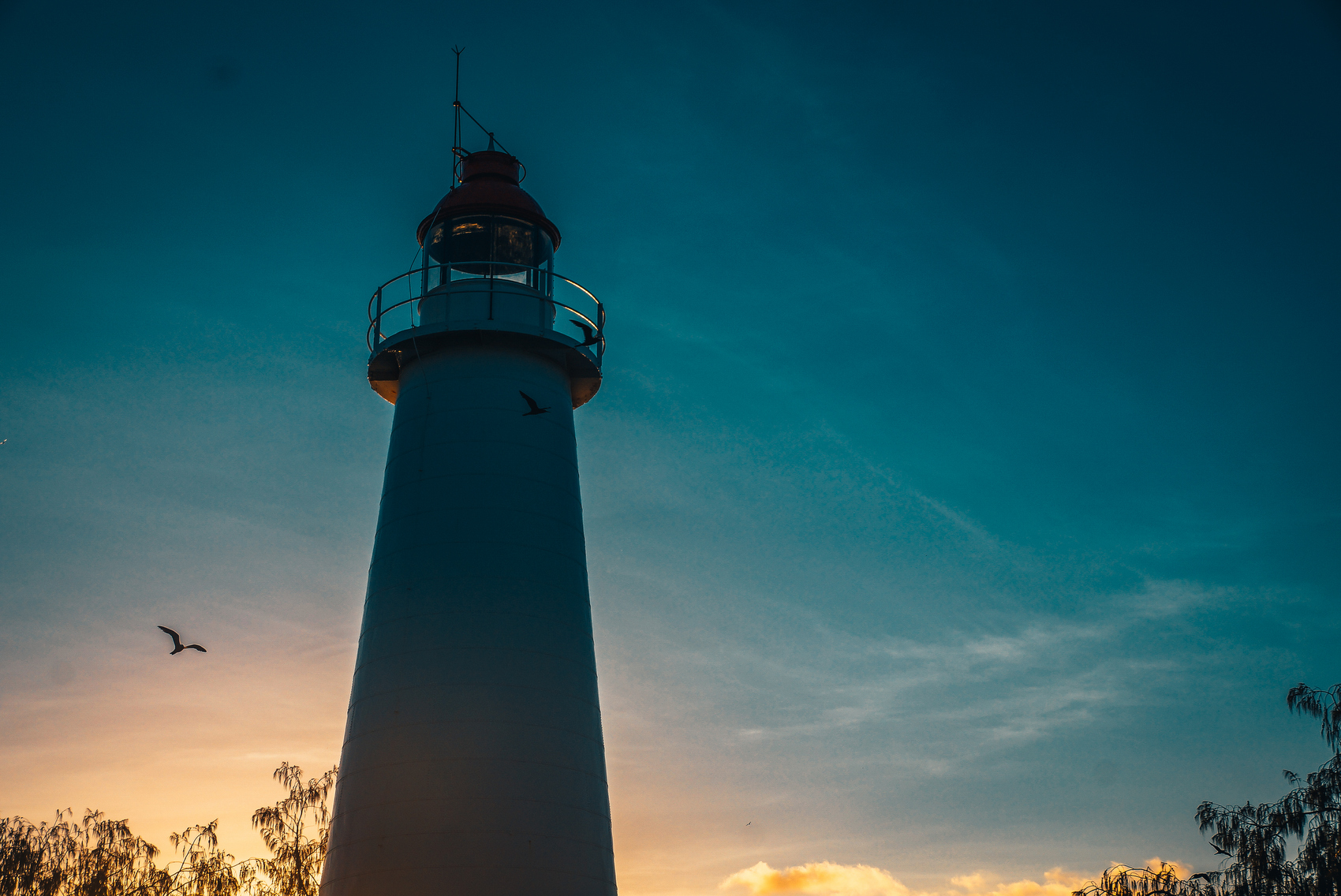
It was the noise that gave it away. It sounded like ceramic plates breaking as the turtle flicked sand with her flippers to burrow deeper. The ranger at the turtle briefing at the resort’s reef education centre had told us what to listen for.
We looked at the sand and saw the tracks leading out of the water.
We had stumbled on the turtle while walking around the island at sunset. Near the end of the airstrip there were no people or buildings in sight. Just us, a turtle, and the Coral Sea lapping on the sand.
In the moonlight we could see the turtle in the shadows and the sand as it was tossed out of the nest. We sat on the beach and watched the darkness. Soon, there was silence. Was she nesting? We didn’t know for sure.
Visitors are encouraged to document turtle nests if possible, but we decided getting any closer to confirm the nest wasn’t worth the risk of disturbing her. Without seeing the eggs ourselves, the site would be recorded as a suspected nest.
We were still sitting in silence when the turtle started sweeping sand back over her nest. Then she started slowly heaving herself back down the beach. She got held up by low hanging branches from a tree blocking her path, but she found her way to the water’s edge, letting the small waves seep under her body and slowly tug her back into the ocean.
The next night it was, again, the noise that gave it away. This time a tinkling, like the sound of fingernails rapping on the side of a glass. We looked down and saw them: an army of little black turtle hatchings shuffling down to the water.
It was our second evening on Lady Elliot. We were again strolling along the beach, passing the turtle nest from the night before, when we nearly walked on top of the baby turtles.
We raced up to a nearby bungalow to tell the guests to turn off their outside lights to prevent the hatchlings becoming disoriented by the artificial light. Then we stood out of the way as the turtles clambered through the sand, out of their nest and flipped and flapped their way down the beach.
The full moon shining over the water drew them to the ocean. It’s a pilgrimage essential to their future.
Turtles use their internal compass to navigate the earth’s magnetic fields. It’s how they can find their way home after decades. But that compass and knowledge of ‘home’ will be guided by their first journey to the water.
We watched the stragglers shuffle down the sand, standing far enough away not to interrupt, but perhaps close enough to deter any birds or other predators, giving these babies a slight advantage in their first few moments above ground.
When they reached the shoreline, gentle waves lifted the hatchlings into the water and carried them into the depths.
The odds aren’t good, but maybe one those turtles will return to Lady Elliot someday and lay their own eggs. And the cycle will continue.
If you go
Lady Elliot Island can be visited as a day trip, or by staying overnight at the Lady Elliot Island Eco Resort. Flights are available from Hervey Bay, Bundaberg, Brisbane and Gold Coast. For more information visit www.ladyelliot.com.au

